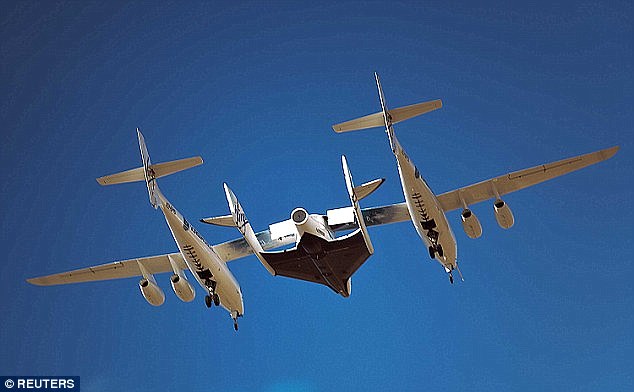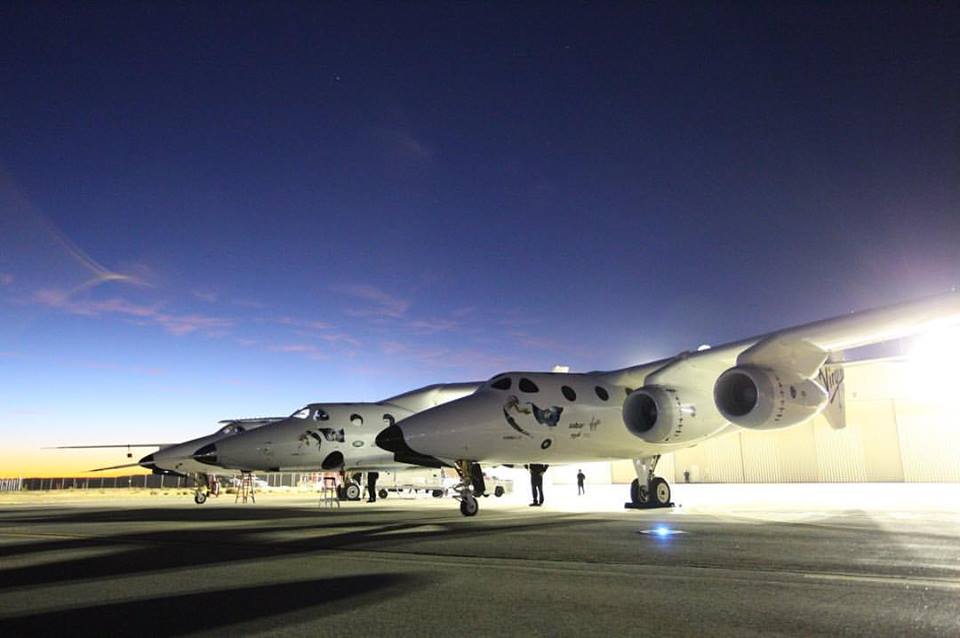Virgin Galactic had its fair share of struggles, as any new aerospace company would face. However, their crash two years ago weakened their reputation. In October 2014, during its fourth powered test flight, the co-pilot of the VSS Enterprise prematurely unlocked the vehicle’s feathering mechanism, which caused the tail section to lift as the vehicle accelerated, reaching Mach 1. The company’s vehicle manufacturer, Scaled Composites, was criticized for not taking greater precautions to prevent premature unlocking. Following this accident, Virgin Galactic used the time to work on further developing the vehicle’s hybrid rocket motor, as it had been causing quite a predicament.

Finally, on December 3rd, Virgin Galactic conducted its first free flight of the second SpaceShipTwo (VSS Unity) out of the Mojave Air and Spaceport. Even though this flight was the fifth for VSS Unity, at an altitude of 50,000 feet, it was the first in which it glided independently for ten minutes after being release by a carrier aircraft; its rocket engines were not used. After its ten minute glide, it glided back safely to the runway. This glide flight was declared a success, and ultimately leads to the next phase of testing. Testing is expected to take a long time, as VSS Unity’s purpose is to carry space tourists and research payloads to an altitude of about 62 miles, while exposing them to several minutes of microgravity. This glide flight is the first of many in a series in an effort to test the aerodynamic performance of the vehicle. Once the glide flight phase of testing is completed, the next stage is to begin powered test flights.
